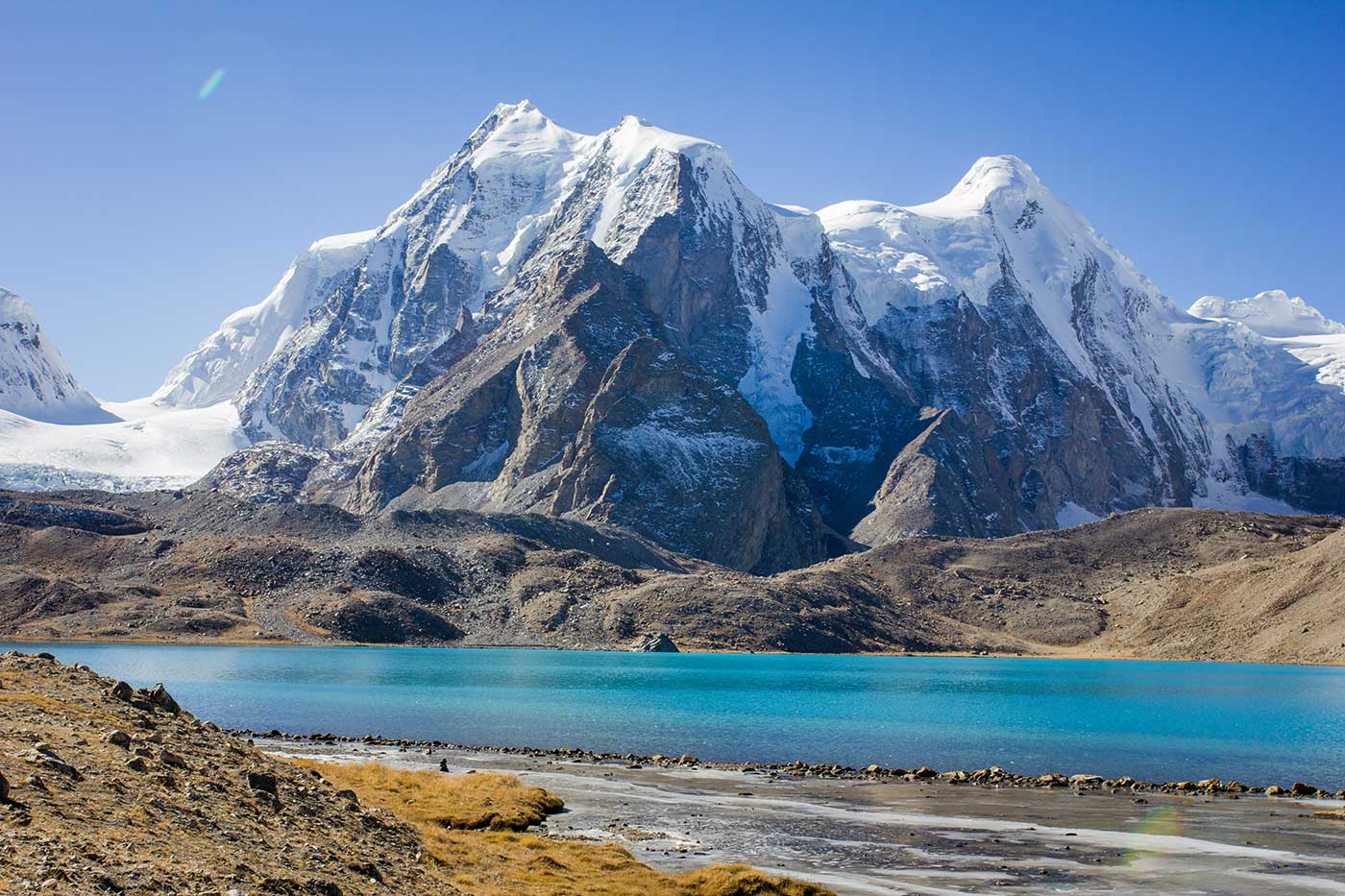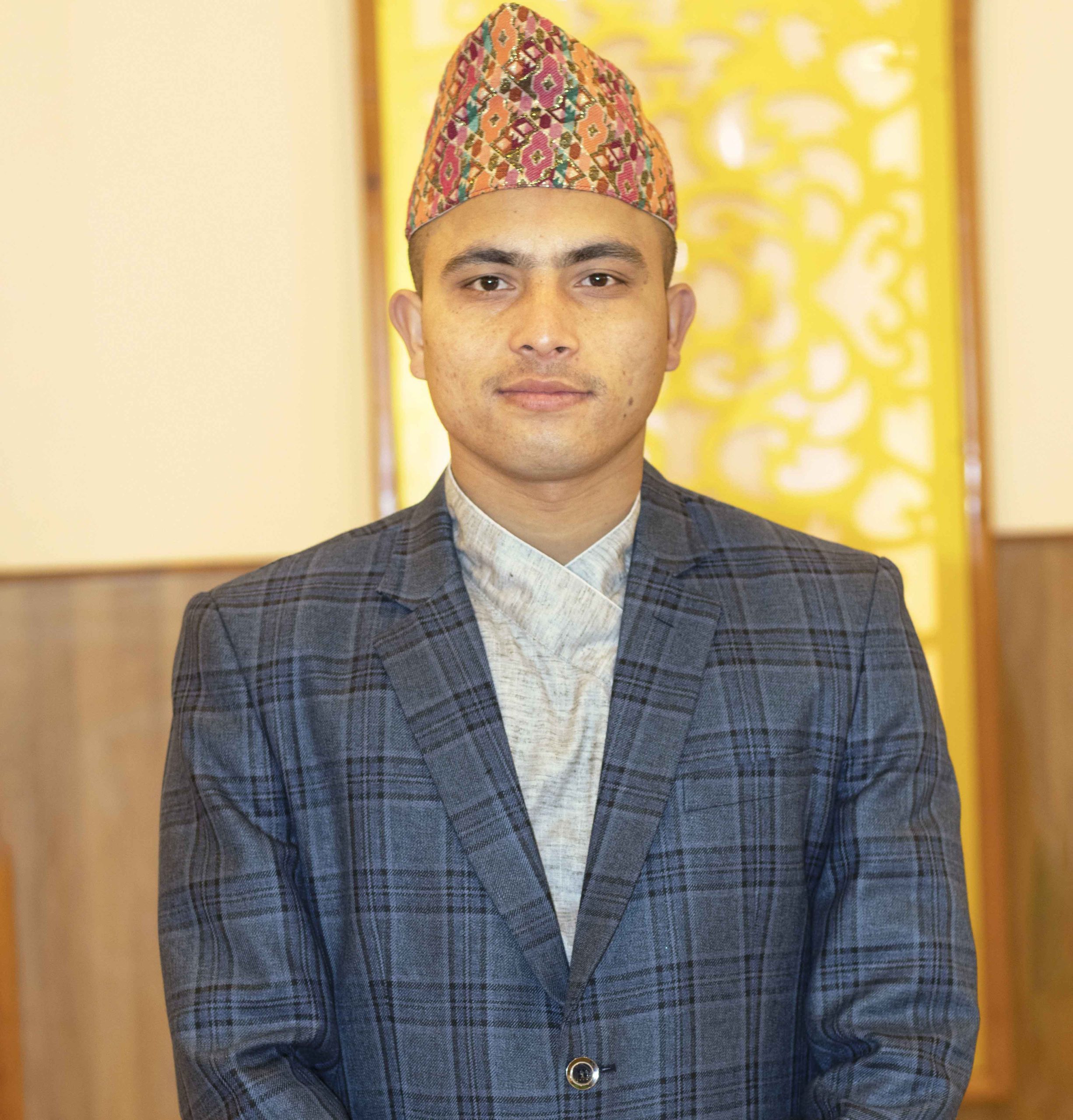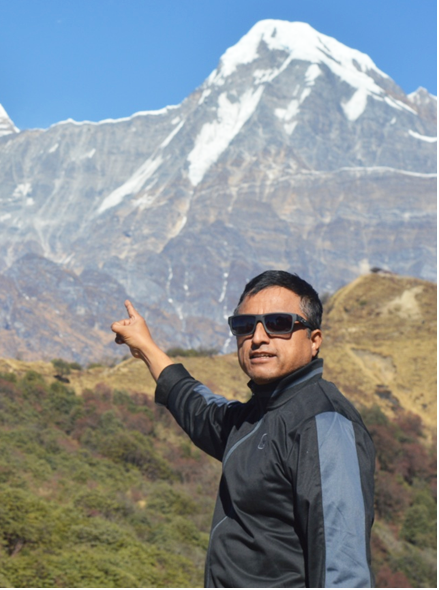Trip Introduction
Kanchenjunga Trek: A Journey to the Foot of the World’s Third Highest Mountain
The Kanchenjunga Trek is a beautiful and challenging journey through the heart of the Eastern Nepal Himalayas, leading trekkers to the base of the world’s third highest mountain, Kanchenjunga. This trek offers a unique blend of stunning scenery, diverse culture, and physical challenge, making it an unforgettable experience for those seeking a true Himalayan adventure.
The trek begins in the charming town of Taplejung, a popular starting point for treks in the Kanchenjunga region. From here, trekkers embark on a journey through lush forests and traditional Rai and Limbu villages, gradually making their way to the higher elevations of the trek.
As the trek progresses, trekkers are treated to breathtaking views of Kanchenjunga and other peaks in the Kanchenjunga range, including Makalu, Lhotse, and Cho Oyu. The trek also offers opportunities to experience the unique flora and fauna of the Kanchenjunga Conservation Area, including rare species of birds, mammals, and plants.
The Kanchenjunga Trek is a strenuous trek, best suited for experienced trekkers with a good level of physical fitness. The best time to go is from March to May and September to November, when the weather is clear and the views are at their best. The average altitude of the trek is 4,000 m (13,123 ft) and the maximum altitude is 5,000 m (16,404 ft), making proper acclimatization and preparation essential.
In conclusion, the Kanchenjunga Trek is a truly unforgettable experience that offers a unique blend of stunning scenery, rich culture, and physical challenge. With its remote location and challenging terrain, it is an ideal adventure for those seeking a true Himalayan experience.




